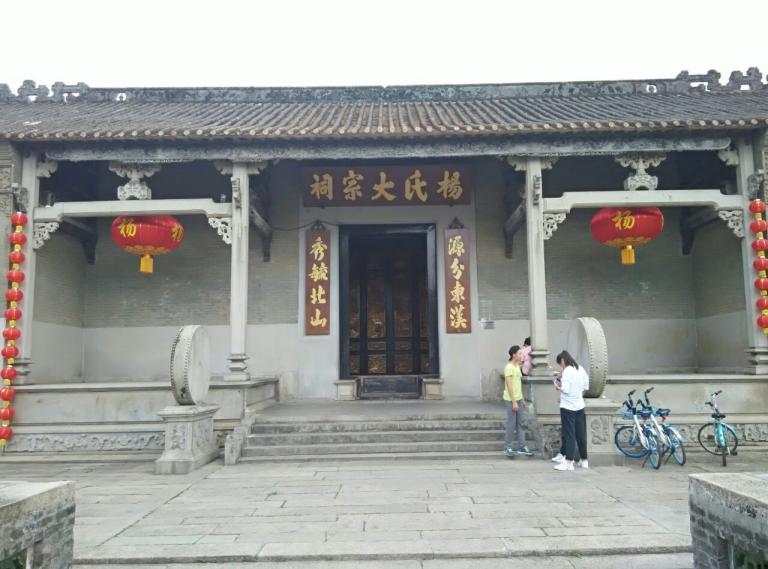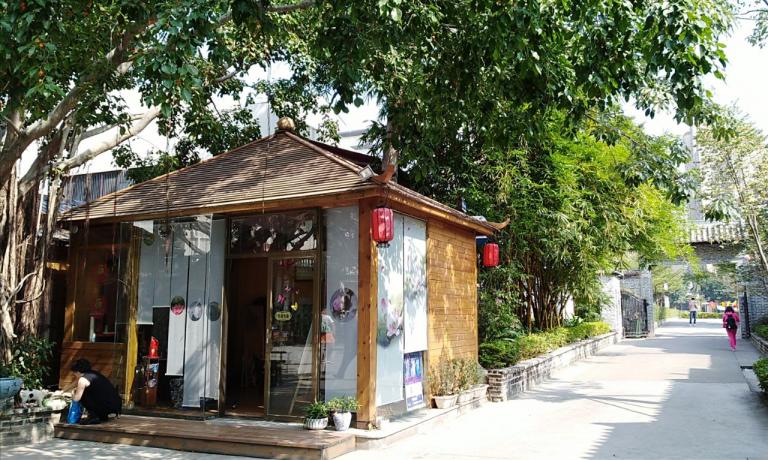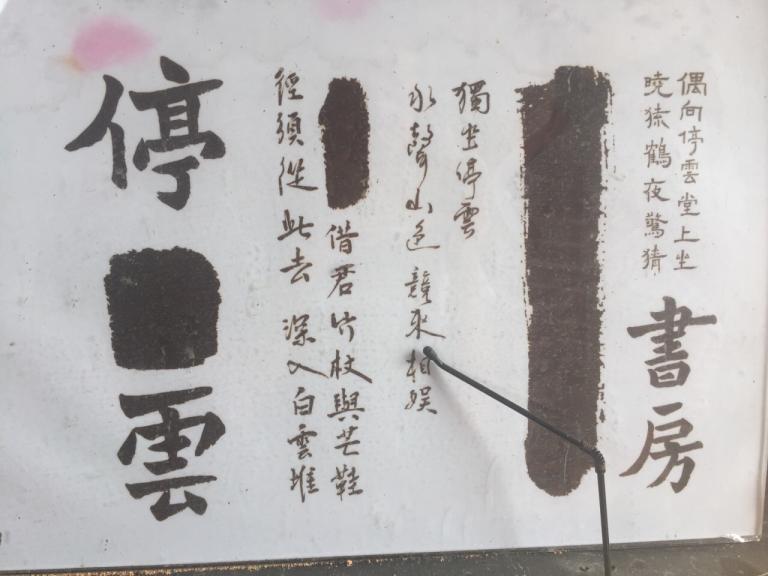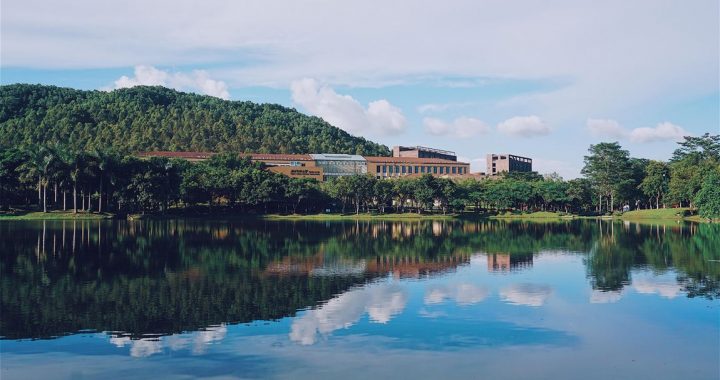Ancient village in Zhuhai
3 min readA PARADISE FOR ALL
Regarded as one of the”top three private gardens”in today’s Zhuhai, this elaborately built garden is an architectural treasure that reflects both Tong Shao-yi’s highly developed aesthetics fostered by the man’s Chinese roots and the western part of his soul. His homesickness at that time ran so wild and joy of return so deep that heplanted five-hundred litchi trees in the sprawling garden, in some attempt to regain the”taste of home”.
A TIMELESS RETREAT
Hidden beneath layers of indigenous, exuberant flora nourished by the ample rain and constant humidity of southern China are thick smears of historical heaviness and solemnity. Tong Shao-yi’s untamed soul is embodied in the lavish and wild beauty of this timeless retreat, presenting the mystery of a’ Garden of Eden’, and making it truly one-of-its-kind in China’s “Lingnan”region.
The garden’s distinguished guests also included Edgar Snow and Mei Lanfang, who planted a”beauty tree”here during his visit in 1931.
Yang Clan’s Ancestral Temple

It is widely believed that today’s residents of Beishan are the progeny of the Yang family generals, known for their unflinching loyalty and remarkable bravery as they sacrificed themselves to defend the country from foreign military powers. Representing the architectural style of the prosperous, middle-class of “Lingnan”(southern China)
and itself the largest in the Zhuhai territory, the Yang clan’s ancestral temple is the sweet home of the famous”harbinger of spring’-four, hundred-year-old magnolia trees. When in bloom, the message of springtime is sent to every corner of Zhuhai.
CHARMING BE IS HAN
First built in 1868, the lavish ancestral temple is decked out in two parts, divided by a pair of stone lions, covered with artful flourishes and numerous exquisite details that show the military bearing of the family. The most striking features of the complex are authentic, Lingnan-style carvings, matching perfectly with the overall design. When thesun blasts down on the secluded courtyard, the porcelain window lattices glisten with mesmerizing cobalt blue that rivals the luster of a sapphire. It is easy to imagine what a fine place this would have been to live in back in those days.
FLYING CLOUDS RISING WIND
The memorial archway of Chun Afong’s former residence in present-day Meixi Village, Qianshan Town. The estate originally included six stone mansions protected bya high wall anchored by small forts at each end. It was originally ordered by Emperor Guangxu during the later years of the Qing Dynasty to be built in recognition of Chun’s philanthropy. It was here that Hubert Vos, the portraitist of the rich and famous, painted Chun as the wealthy mandarin he had become.
The most striking buildings in Huitong Village include two western-style watchtowers: the one in the north bearing the inscription,”Rising Wind”, and the other in the south,”Flying Clouds”. Leaving this blessed settlement, walking across unusually luxurious lawns and past one of the distinctive watchtowers, one might have the feeling of awakening from a dream had long ago.
Huitong Village’s iconic ancestralt emples

Examine the beautiful tile work below or architecture above, both difficult to categorize owing to the diverse styles the creators drew from. Drop in to the ReadzoneBookstore set in one of the village’s iconic ancestral temples that were built by the MoK family.
Despite its proven history of notable glory and two bustling modern university campuses just a stone’s throw away, Huitong Village today is largely untouched by the constantly modernizing world around it and spared stampeding shoppers and tourists.
It feels like it has been simply left to its own devices, as an island in time; the quiet lanes and withering facades only serve to compound this sense of genuine antiquity.









